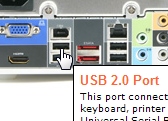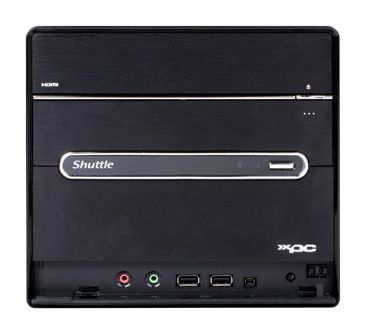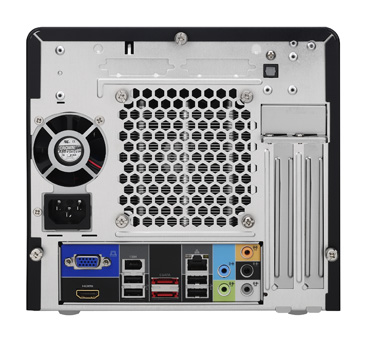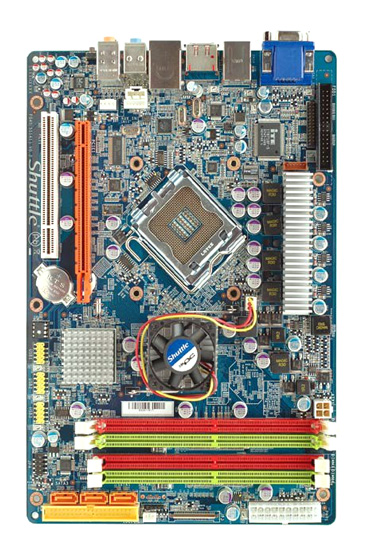 |

|
|
 |
|
|
Products | |
 |

Hotspot information for Shuttle XPC Barebone SG45H7
 Product views with descriptions

Please move your mouse to the three product images to learn more about connectivity on the front and back panel.
| Frontpanel: |
Backpanel: |
|

|

|
| Mainboard: |
|
 |
| |
 |
|
| |
|
 |
|
 |
 |
 |
|
|
|
| Recherche |
 |
|
|
|
|
|
| Plus d'informations |
 |
 |
|
|
| Newsletter Shuttle |
 |
 |
|
|
|
Où acheter ? |
 |
|
|
|
 |
| La série K est la meilleur marché des séries de modèles Mini-PC de Shuttle. La série K est idéale pour la bureautique et les applications simples de tous les jours. | |
|
|
|
 |